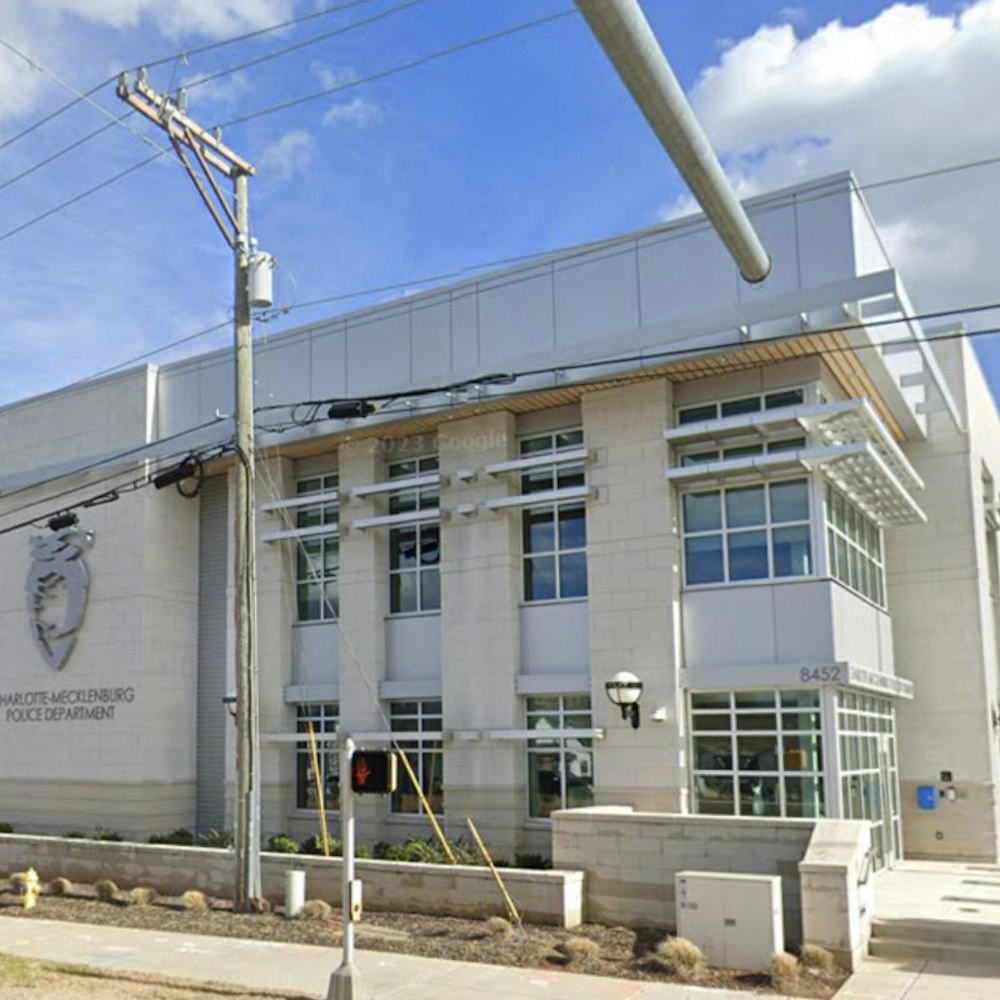
The impact of climate change on the Arctic has been given a sharper, albeit grave focus thanks to a team of researchers led by François Lapointe of the University of Massachusetts Amherst. In a study published by UMass, they pinpoint an obscure yet potent weather pattern, atmospheric blocking, as a key driver of the temperature and precipitation spikes in the region.
While the world grapples with climate concerns, the Norwegian Arctic archipelago Svalbard is witnessing a spike in temperature trends that boggles the mind—double the rate of the wider Arctic's rise since 1991. This alarming acceleration has seen a glut of ice melt, along with rainstorms and landslides of increasing frequency and ferocity. Raymond Bradley, a distinguished professor at UMass Amherst and study co-author, acknowledged the urgency of understanding Svalbard's exceptional warming. "We wanted to know why Svalbard has been warming so much faster than the rest of the Arctic," Bradley told UMass Amherst News, and to figure out whether or not these trends would continue.
The team's work involved a forensic dive into the past 2,000 years of Lake Linné's sediment records. Utilizing data from instrumentation installed since 2012 by Michael Retelle, a Bates College professor and UMass Amherst alumnus, the scientists were able to track yearly sediment deposits – a historical archive of extreme weather events. By examining calcium in the sediments, which correlates with the archipelago's intense rainfall, the patterns of the past stepped forward into relevance for today's climatic quandaries.
What the research detailed is the intricate dance of atmospheric forces at play. "The biggest rain and warming events of the past are all linked to atmospheric blocking over Scandinavia and the Ural Mountains," Lapointe elucidated. As high-pressure systems stall over Scandinavia, twinned with a contrasting low-pressure system over Greenland, these swirling masses pull warm, moist air from the mid-Atlantic straight into the heart of the Arctic. With the uptick in recorded atmospheric blocking, the puzzle pieces of Svalbard's dramatic climate shifts gradually begin to snap into place. "It will be very interesting to observe how atmospheric blocking behaves with further warming," Lapointe added, casting a wary eye towards the potential future escalation of these already devastating events, according to UMass News.
This research not only refines our grasp of climatic mechanisms at the top of the world but also casts a somber shadow over the prospects of the region. Svalbard, with its modest yet reliant resident population of 2,650 and over 130,000 annual tourists, faces a precarious future as these natural hazards grow in magnitude and unpredictability. As these findings reverberate through the scientific community, the weight of this discovery comes with both understanding and a pressing call – to observe and anticipate the impact of our warming world on the fragile Arctic ecosystem.
-1.webp?w=1000&h=1000&fit=crop&crop:edges)








